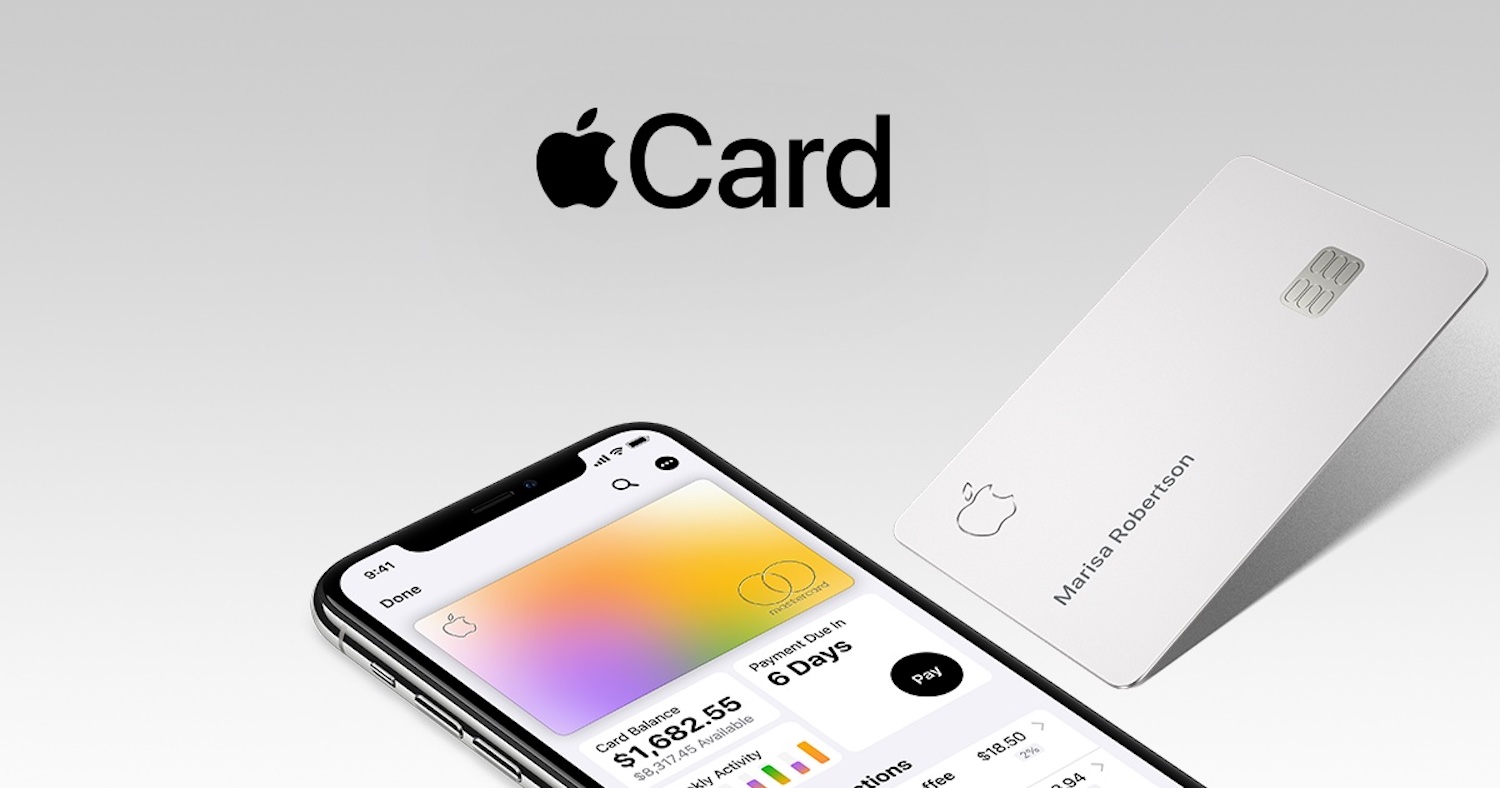
Given yesterday’s report that Goldman Sachs is looking to bail on its partnership with Apple, I thought it would be interesting to do a breakdown of the increasingly-messy relationship between the two companies. After forging their partnership in 2019, Apple appears to have thrived while Goldman Sachs has suffered.
The origins of Apple Card and Goldman Sachs
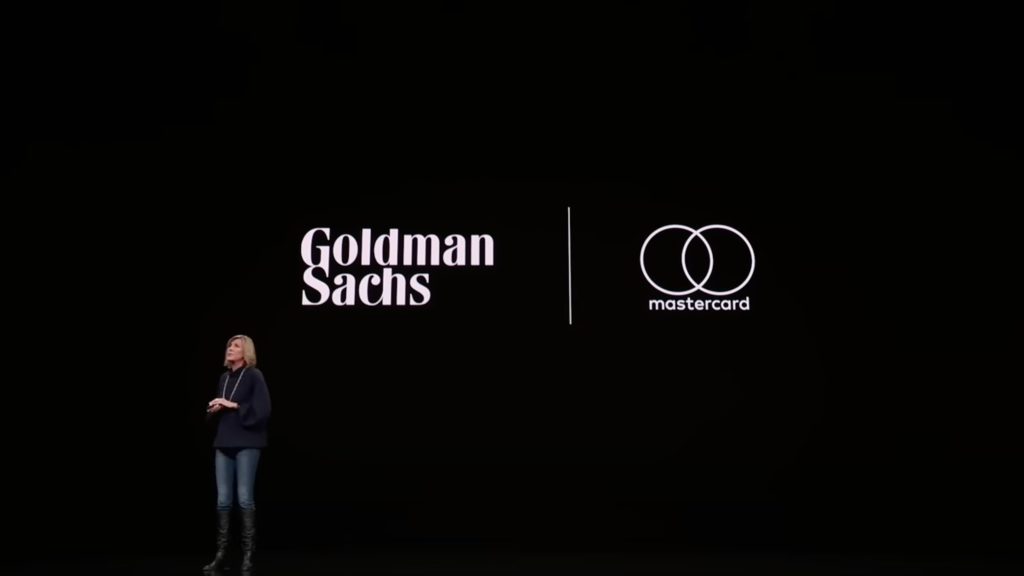
News of Apple’s partnership with Goldman Sachs first emerged in February 2019 from the Wall Street Journal. That’s the same news outlet that is now reporting on Goldman’s effort to back out of the deal and pass it off to American Express.
Apple announced Apple Card during its services-focused special event one month later at Steve Jobs Theater. The company also unveiled Apple TV+, Apple Arcade, Apple News+, and more during this event.
Apple Card launched to the general public in August 2019, allowing users to apply for the card and check their credit lines and approval status without a hard credit check.
A report a few months later revealed some early details on Goldman’s investment in Apple Card. By all indications, it was a successful launch, with Tim Cook touting during an October 2019 earnings call that it was the “most successful launch of a credit card in the United States ever.”
During that same earnings call, Tim Cook announced that Apple Card users would be able to finance iPhone purchases over 24 months with 0% interest. As the backing bank behind Apple Card, Goldman Sachs was on the hook for funding these loans. The new financing option launched to the public in December.
Allegations of Apple Card gender bias
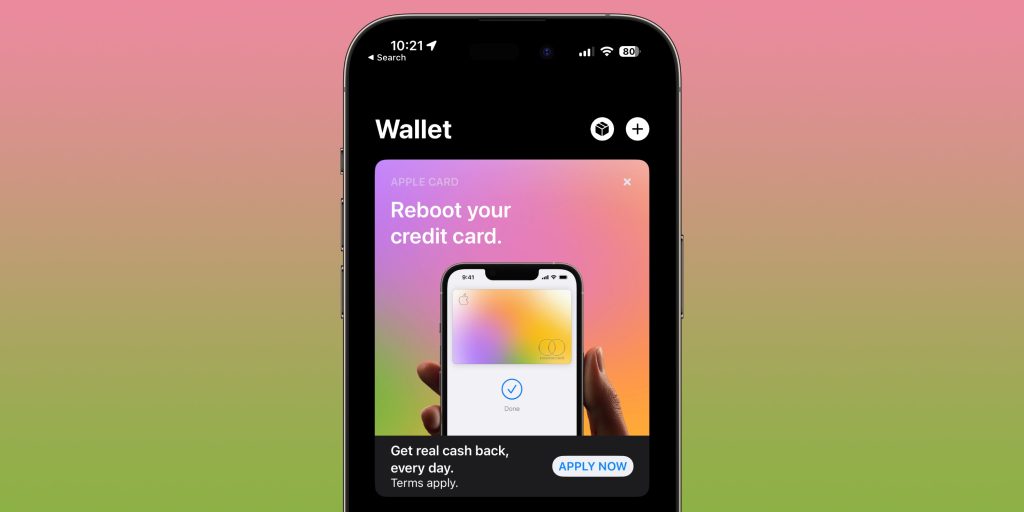
In November 2019, however, there was a flareup of controversy surrounding Apple Card after allegations of gender bias emerged. Essentially, Apple Card users had noticed that gender discrimination was affecting the algorithms used to determine credit limits for Apple Card.
During this controversy, which led to multiple regulatory investigations, Apple stayed completely silent. Goldman Sachs issued multiple statements on the matter, explaining that the bank was “committed to ensuring our credit decision process is fair.”
The bank shouldered all of the burdens of the controversy, which isn’t surprising given that Goldman Sachs is the one who makes approval decisions for Apple Card. Still, I’m sure Goldman Sachs would have appreciated a little more public-facing support from Apple.
Apple Card financing and COVID-19
Moving ahead to 2020, Apple and Goldman Sachs expanded the 0% financing offer to the rest of Apple’s product lineup in June, including Mac, iPad, AirPods Pro, AirPods, Apple Pencil, and more.
Throughout 2020 amid the COVID-19 pandemic, Goldman Sachs allowed Apple Card users to defer their payments without interest. This was billed as the “Customer Assistance Program” and repeatedly extended through late 2020.
Other changes to Apple Card in 2020 included:
- Apple launches web portal for Apple Card, pay your bill and view statements online
- Apple launches new web-based application for aspiring Apple Card users
- Your credit score now affected by Apple Card with all agencies
- Apple Online Store adds new one-click payment option for Apple Card users
Apple Card Family
In 2021, Apple Card got a major boost with the launch of Apple Card Family. This addressed one of the long-time limitations of the platform and finally enabled users to share the same Apple Card with other family members via iCloud Family Sharing.
Also in 2021, Apple touted the ongoing success of Apple Card, citing a JD Power Study that found the card to rank “among the Midsize Credit Card segment and received a chart-topping score of 864.”
Other Apple Card and Goldman Sachs stories from 2021:
- Apple extends deadline for Apple Card users to convert purchases into 0% monthly installments
- Apple promoting its services with ‘exclusive offers’ for Apple Card users
- Apple Card giving Daily Cash credits to iPhone 13 buyers affected by pre-order glitches
- Goldman Sachs says Apple Card users can combine accounts even if there are active installment plans [U]
- Some Apple Card Family users say they aren’t receiving Daily Cash rewards, more
Signs of struggle for Goldman Sachs emerge
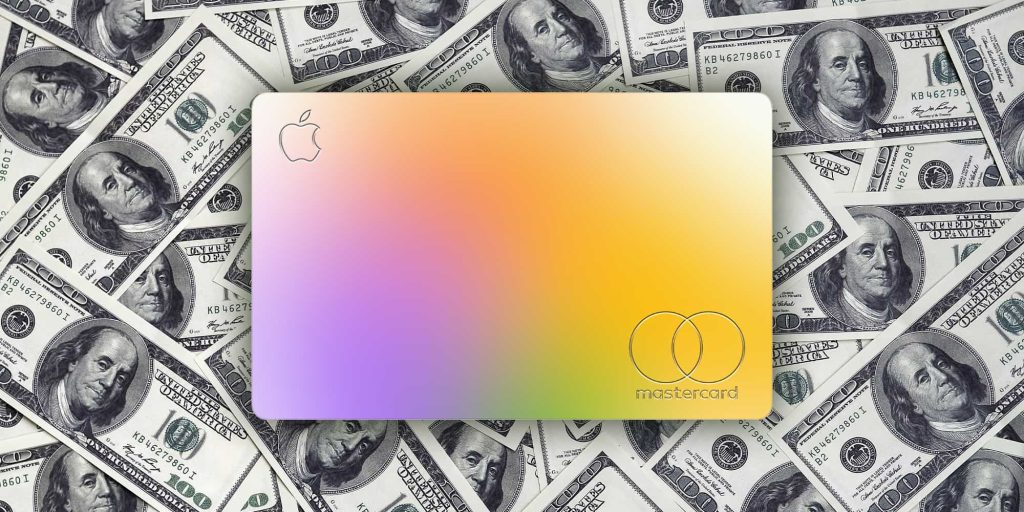
While Apple Card continued to grow in popularity, with over 6 million estimated cardholders, some early signs of struggle began to emerge.
In May 2022, Scott Young, a Goldman Sachs executive credited for his work securing the Apple Card deal, left the bank. Young was Goldman’s head of partnerships in 2018, which is when Goldman and Apple reached an agreement to work together on Apple Card.
Next, Goldman Sachs announced that it was facing a probe from the Consumer Financial Protection Bureau over its consumer credit card business. The Apple Card’s “rapid growth” and Goldman’s struggle managing and scaling that growth were to blame for the investigation.
One of the primary focuses of that investigation was Goldman’s handling of Apple Card disputes. A dispute, or chargeback, is when a customer files a chargeback on a transaction, either because it was unauthorized or because the goods or services were not as the merchant described.
Goldman received “more disputes than it counted on” from Apple Card customers, and it struggled to manage that growth – especially given all of the regulatory requirements that surround credit card disputes. The problem was so bad that Apple and Goldman Sachs even gave customers a second chance at disputing transactions after complaints.
In October 2019, Despite the signs of struggle emerging, Goldman Sachs CEO David Solomon said that the company had reached a deal with Apple to extend the partnership through 2029.
Then, in January 2022, Goldman Sachs revealed that it had lost over $1 billion on its Apple Card partnership since 2020. While not a direct “loss” yet, regulations require Goldman to set aside a certain about to cover itself against potential nonpayments. The next month, Goldman claimed it was still “committed” to the partnership with Apple despite those losses. “It’s a very, very strong partnership where there’s a lot of opportunity,” Solomon said.
Solomon did acknowledge, however, that Goldman “probably took on more than we should have, too much, too quickly” in regards to its push into consumer banking.
In April, Goldman Sachs expanded its relationship with Apple with the launch of the Apple Card Savings Account. Goldman Sachs is also the issuer of the Mastercard payment credential used to complete Apple Pay Later purchases.
9to5Mac’s Take
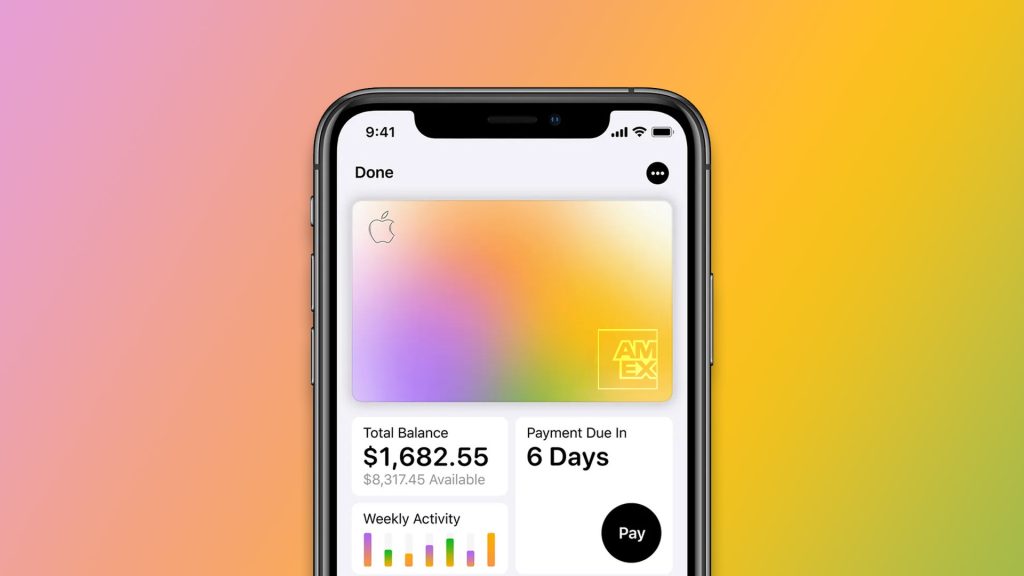
That brings us to where we are today. The Wall Street Journal reports that Goldman Sachs wants to end its partnership with Apple and is “in talks with American Express to take over its Apple credit card and other ventures.” Apple is said to be aware of these negotiations and would need to sign off on a deal before anything could be finalized.
The bigger picture here is also important to keep in mind. Goldman Sachs had planned to use Apple Card to bolster its efforts to expand into consumer banking. The bank’s only other consumer credit card is a co-branded card with General Motors, which it is also looking to offload potentially to American Express. The bank was in negotiations to launch a co-branded credit card with T-Mobile but backed out of those talks.
Goldman has also scaled back Marcus, which which is its broader consumer banking business. This includes personal loan originations.
Ahead of the public Apple Card launch in 2019, Goldman’s head of consumer digital finance, Omer Ismail, said the company wasn’t worried about Apple Card’s profitability. “When I think about Marcus overall, the idea that doing right by the customer means being less profitable is just not an idea we subscribe to,” Ismail said. “If you do right by the customer, you’re going to ultimately win their loyalty.”
And finally, amid all of this, Apple is also ramping up its in-house personal finance efforts as part of its efforts to reduce reliance on third parties like Goldman Sachs. Internally, this is called “Project Breakout” and would bring things like lending, fraud analysis, and credit checks in-house.
I’ve gotten a lot of questions about what it might mean for customers if Apple Card is transferred to American Express. As it stands today, there are no details on that. Notably, this deal would also mean that Apple Card would no longer be a Mastercard.
The benefits that Apple gets for Apple Card is clear. It draws more users to the Wallet app. It encourages the use of Apple Pay. The financing provides an easy way for customers to buy Apple products they wouldn’t buy otherwise.
One thing to keep in mind is that most Apple Card users likely don’t even know Apple Card is backed by Goldman Sachs. Goldman Sachs exists in the backend, and everything else is managed directly through the Apple Wallet app. There’s a Goldman Sachs logo on the back of Apple Card, but Apple naturally doesn’t show this in any of its marketing materials.
I see two outcomes:
- Apple works with Goldman Sachs and makes changes to Apple Card to make it a sustainable business for Goldman Sachs.
- Apple lets Goldman Sachs out of the agreement (probably will make them pay a gazillion dollars in penalties/breakup fees). It then inks a new deal with someone like Amex and brands the change as “Apple Card 2” or similar.
So to recap:
- Goldman wants out of a deal that it’s losing big money on…
- and where it gets little publicity or brand awareness…
- and its partner is actively working behind the scenes to abandon it in favor of an in-house solution…
- while it continues to fund the current version of the product at a loss and shoulder a lot of the negative PR burden…
I find this entire situation fascinating, and I have a bunch of questions to I’ll probably never learn the answers. Did Apple take Goldman for a ride? Take advantage of a bank without much experience in consumer banking?
Add 9to5Mac to your Google News feed.
FTC: We use income earning auto affiliate links. More.







